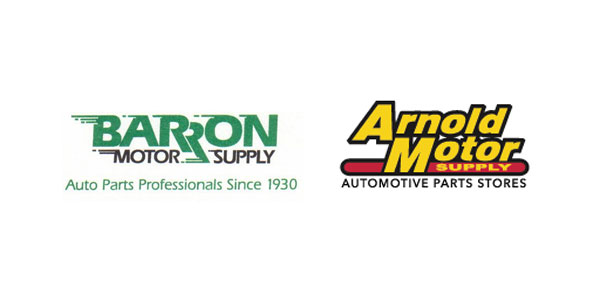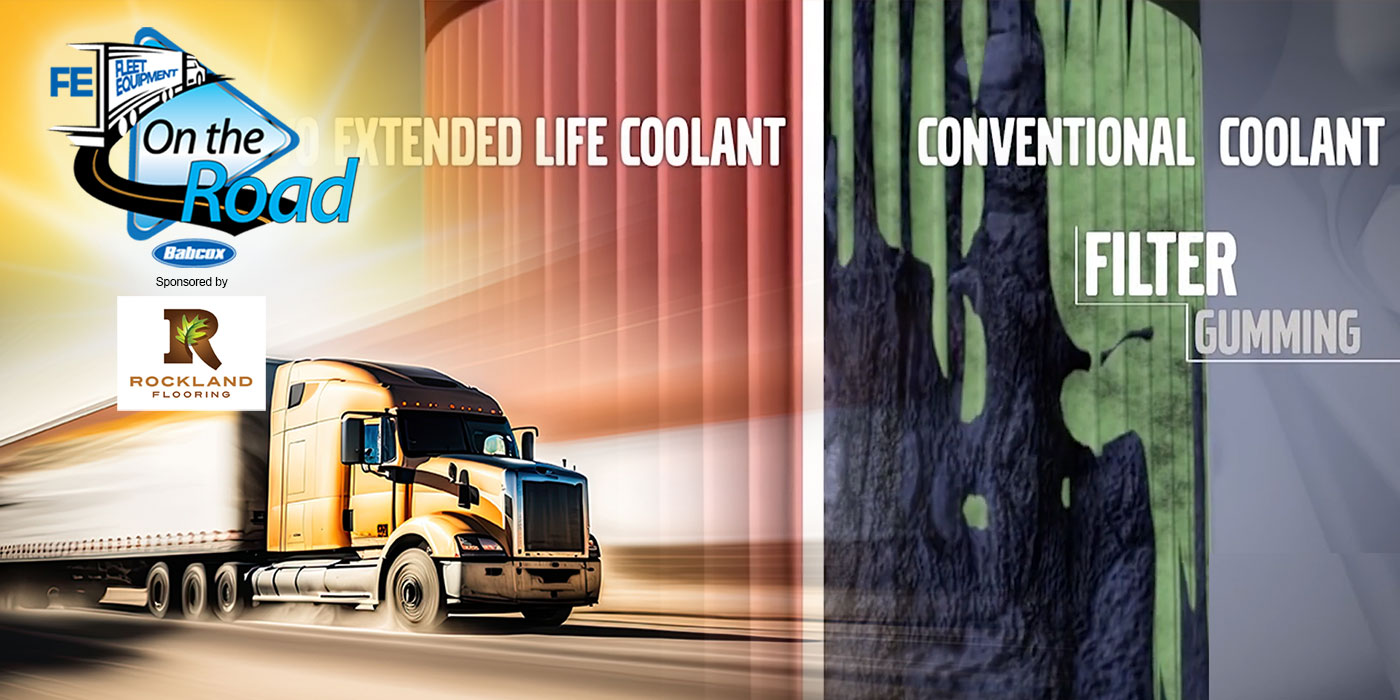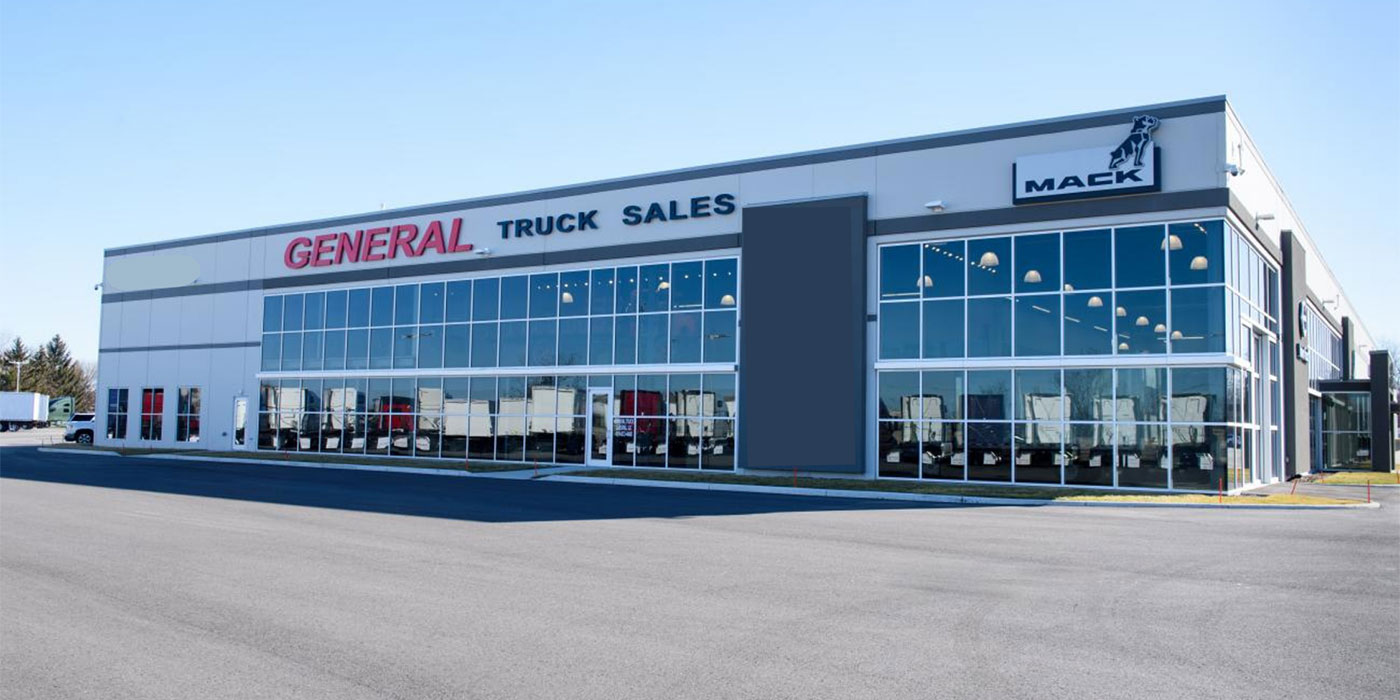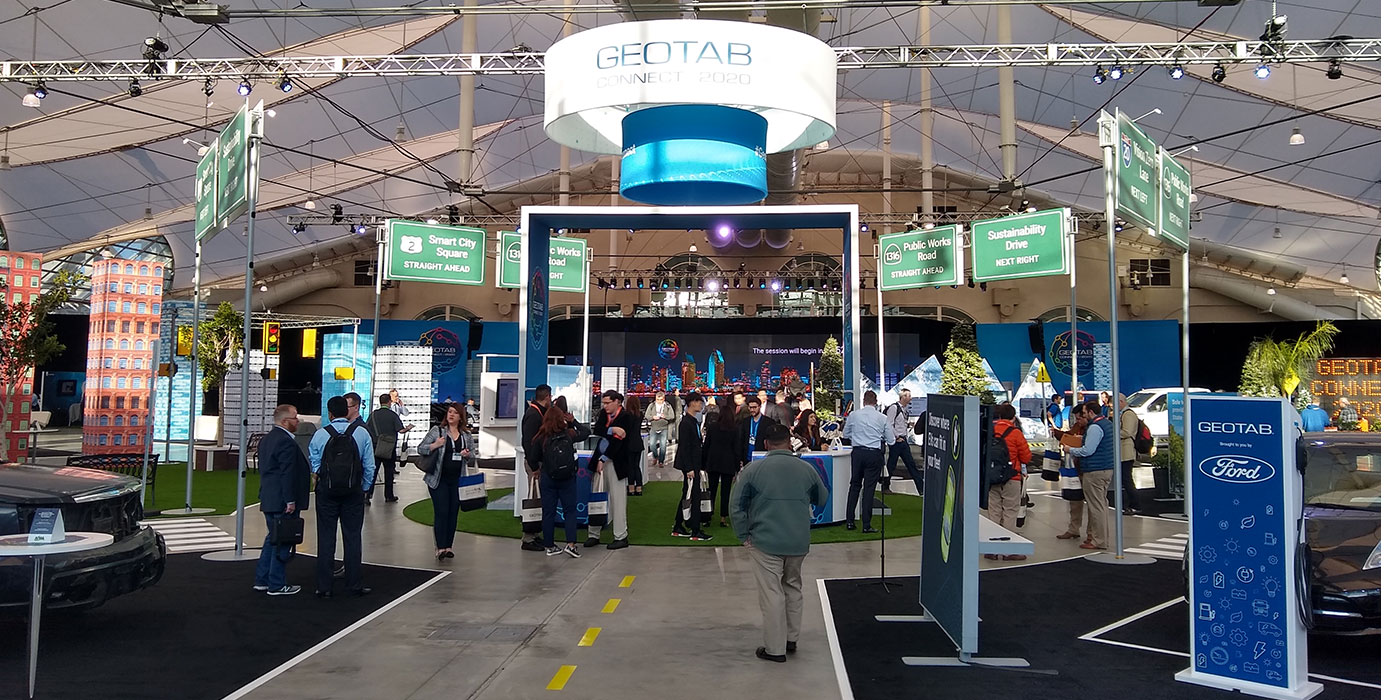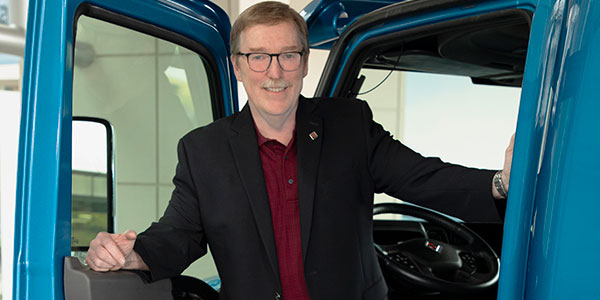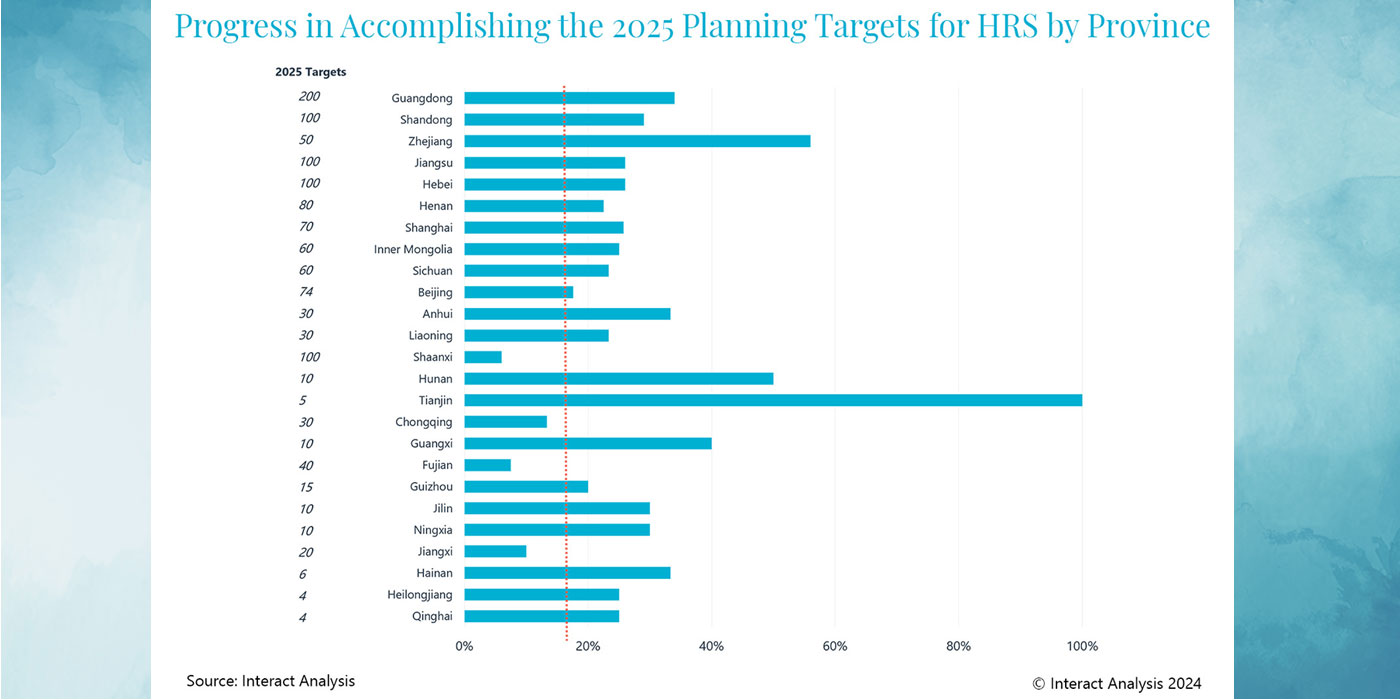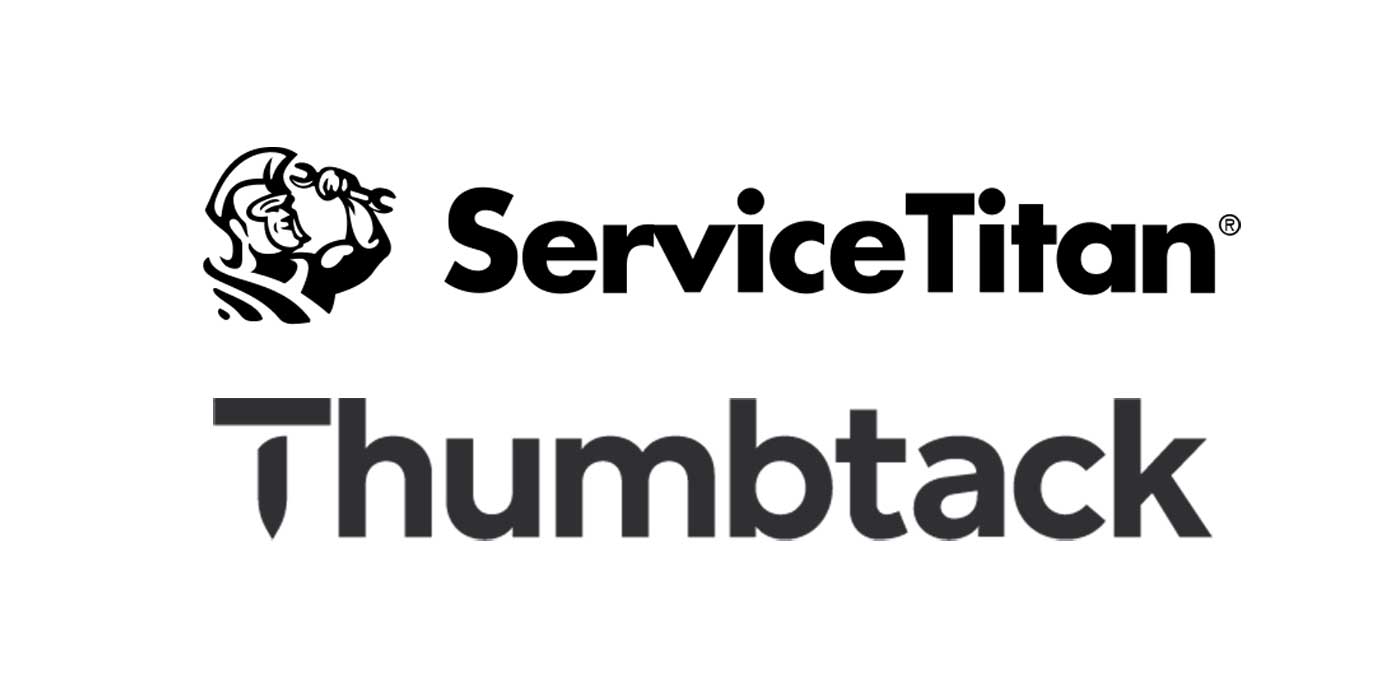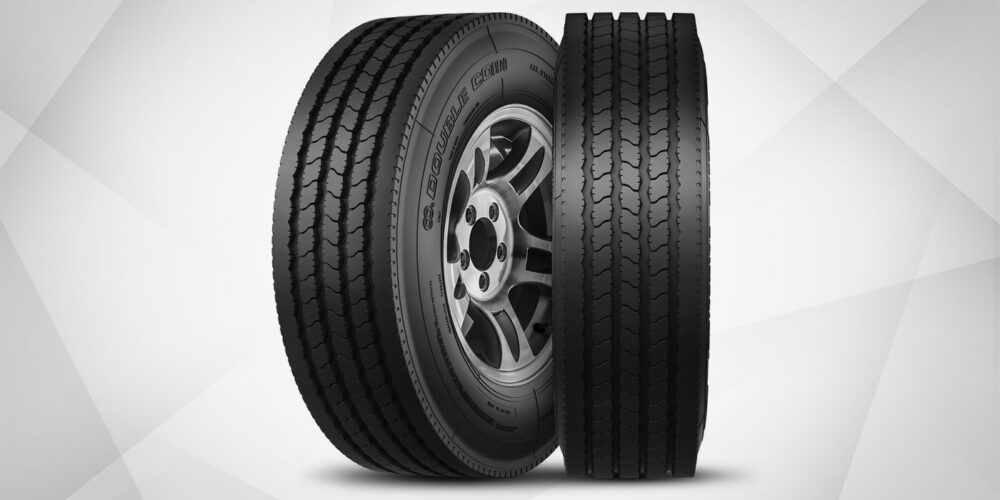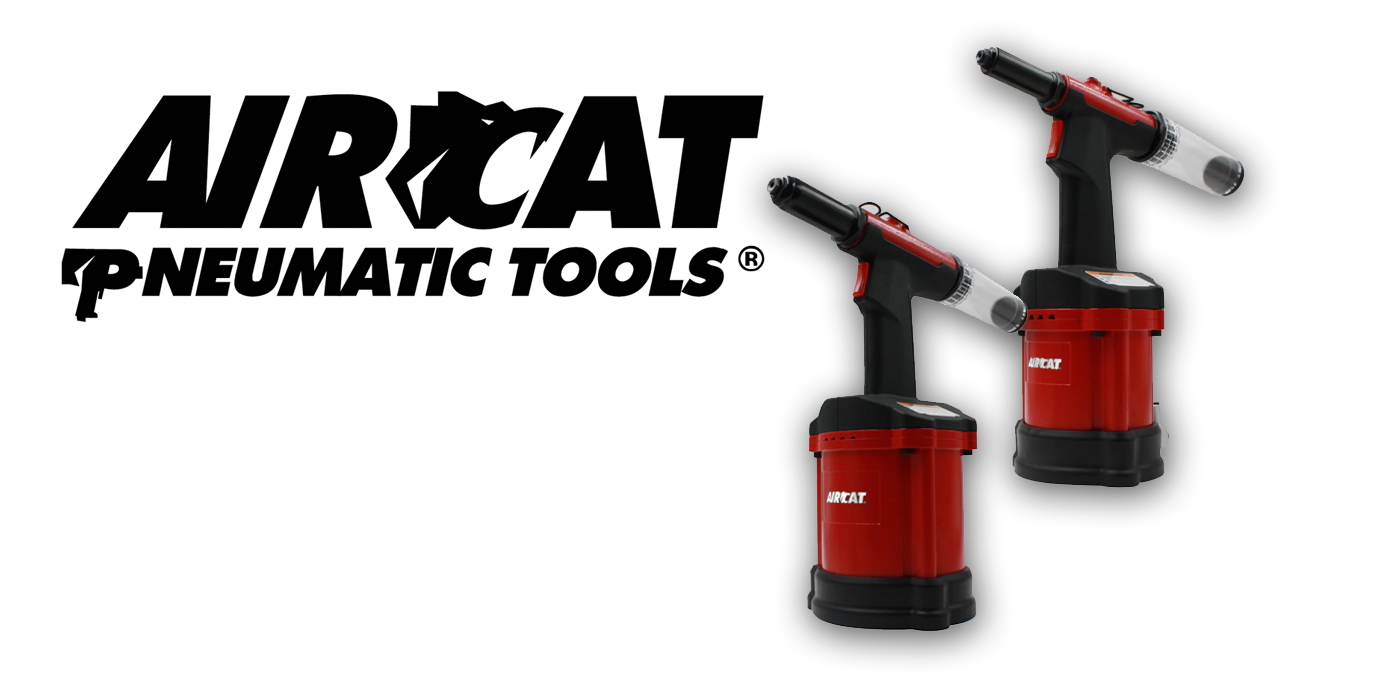Medium- and light-duty fleets come in a wide range of sizes. Additionally, themanagement of these fleets is often impacted by the business needs of theirparent corporations.
So you might ask: In what ways do the most effective management practices ofdelivery and vocational fleets vary? How can fleets in one market segmentbenchmark their operations against those of their peers? What issues must beconsidered?
Answers to those questions were the centerpiece of a presentation during lastyear’s Electric Utility Fleet Managers Conference (EUFMC). During theconference, Dave Meisel presented attendees with a comprehensive comparison ofutility and distribution fleets called “Best in Class Maintenance Comparison.”
Meisel’s 30 year career includes work as a technician, supervisor, andregional and division manager for distribution fleets. He highlighteddifferences between utility and competitive fleet operations in the followingareas:
WORK FORCE – Utility: Very dedicated, high seniority, professional, very skilledon utility equipment, more adverse to change, more rigid work rules andcontract language.
Competitive: Very dedicated, lower seniority, professional, versatile on mosttypes of equipment, more change oriented, and more flexible work rules.
EQUIPMENT – Utility: much of the fleet is very expensive, complex, specializedand diverse. Long life cycles and inconsistent capital investment keepthings challenging.
Competitive: Long life cycles are common, but active vehicle rotation programsand more consistent capital investment tend to keep things somewhat morepredictable, reasonably priced, simple, with improved interchangeability.
BUSINESS ACUMEN – Utility: The utility industry tends to use more utilityoriented processes and procedures to manage its fleets. Budgeting andbenchmarking tends to play a lesser role in the day-to-day activities for mostfleet employees.
Competitive: The distribution industry tends to utilize more standardized fleetprocesses and procedures to manage the fleet. There is typically a higher levelof direct/local budget development and responsibility. There tends to bea higher level of awareness of industry trends and costs with high levels ofbusiness savvy and active, aggressive negotiators on price and service relateditems.
PERFORMANCE EXPECTATIONS –
Utility: is dedicated to do whatever it takes to service customers when thelights are out. Regulatory response standards need to be considered. Quality work overall, but utilizing job standards a little more may bebeneficial.
Competitive: is dedicated to do whatever it takes when the customer is out ofproduct. Quality work, but job standards are part of the job and , performancereviews happen often.
Presentation strategies for success included establishing centralizedresponsibility for fleet operations and benchmarking against industryperformance. In addition, a focus on preventive maintenance, including labor,parts and fuel management was advised as well as financial training forsupervisors.
“Outside influences are also good,” Meisel advised. “Benchmark againsteveryone, not just the best, and learn from your peers inside and outside yourcompany. And work on culture changes and continue to challenge the process.”

